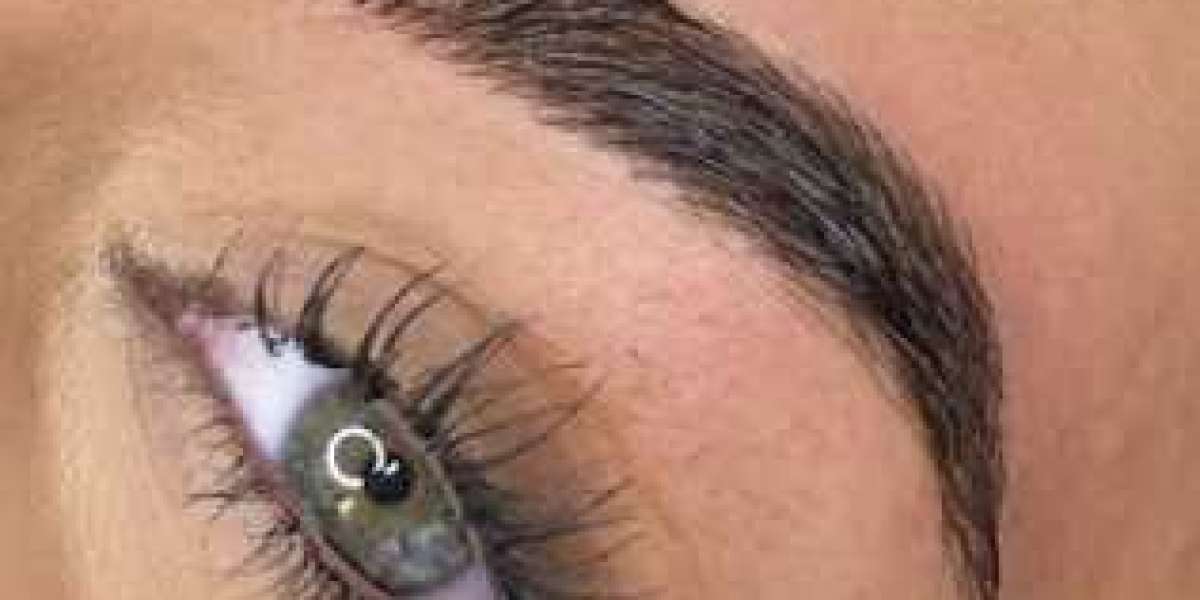In recent years, the beauty industry has seen a surge in demand for semi-permanent makeup techniques, with microblading eyebrow at the forefront. This innovative method of eyebrow enhancement offers a solution for those looking to achieve fuller, perfectly shaped brows without the daily hassle of makeup application.
What is Microblading?
Microblading is a semi-permanent cosmetic tattooing technique that uses a handheld tool with fine needles to deposit pigment into the skin, creating hair-like strokes that mimic natural eyebrow hairs. Unlike traditional eyebrow tattoos, which can appear blocky and unnatural, microblading allows for more precision and detail, resulting in a softer, more natural look.
Benefits of Microblading
Natural Appearance: The main advantage of microblading is its ability to create realistic-looking brows. The technique allows for the customization of shape, color, and thickness, tailored to the individual’s facial features and personal preferences.
Time-Saving: For many, shaping and filling in eyebrows can be a time-consuming task in their daily makeup routine. Microblading eliminates the need for this step, saving valuable time each morning.
Long-Lasting Results: While microblading is not permanent, the results can last anywhere from 1 to 3 years, depending on skin type, lifestyle, and aftercare. This longevity makes it an appealing option for those wanting to maintain their brow shape without frequent touch-ups.
Less Maintenance: Once the initial healing process is complete, microbladed brows require minimal maintenance. Most people only need occasional touch-ups to maintain the color and shape.
The Microblading Process
Consultation: Before the procedure, clients typically have a consultation with the microblading artist. This is the time to discuss preferences, desired brow shape, and any concerns.
Designing the Brow: The artist will measure and map out the brow shape to ensure symmetry and suitability for the client’s face. This is a crucial step, as it helps establish the perfect brow arch.
Numbing: A topical anesthetic is applied to minimize discomfort during the procedure.
Microblading: Using a handheld tool, the artist will begin to create hair-like strokes by carefully depositing pigment into the skin. This process usually takes 2 to 3 hours.
Aftercare: After the procedure, clients will receive aftercare instructions, which typically include avoiding water, makeup, and sun exposure on the treated area for a week or so to ensure proper healing.
Potential Risks and Considerations
While microblading is generally safe, it is essential to choose a licensed and experienced artist to minimize risks. Some potential concerns include:
Allergic Reactions: Always conduct a patch test to check for allergic reactions to the pigments used.
Infection: Proper aftercare is vital to prevent infections. It’s essential to follow the artist's guidelines carefully.
Color Fading: Over time, the pigment may fade, requiring touch-ups to maintain the desired look.
Conclusion
Microblading is a revolutionary technique that has transformed the way people approach eyebrow maintenance. With its ability to create natural, beautiful brows that save time and enhance facial features, it’s no wonder that this method has gained such popularity. Whether you have sparse brows or simply want a more defined shape, microblading could be the perfect solution to achieving the eyebrows of your dreams. As with any beauty procedure, thorough research and choosing a skilled artist are crucial for the best results.







